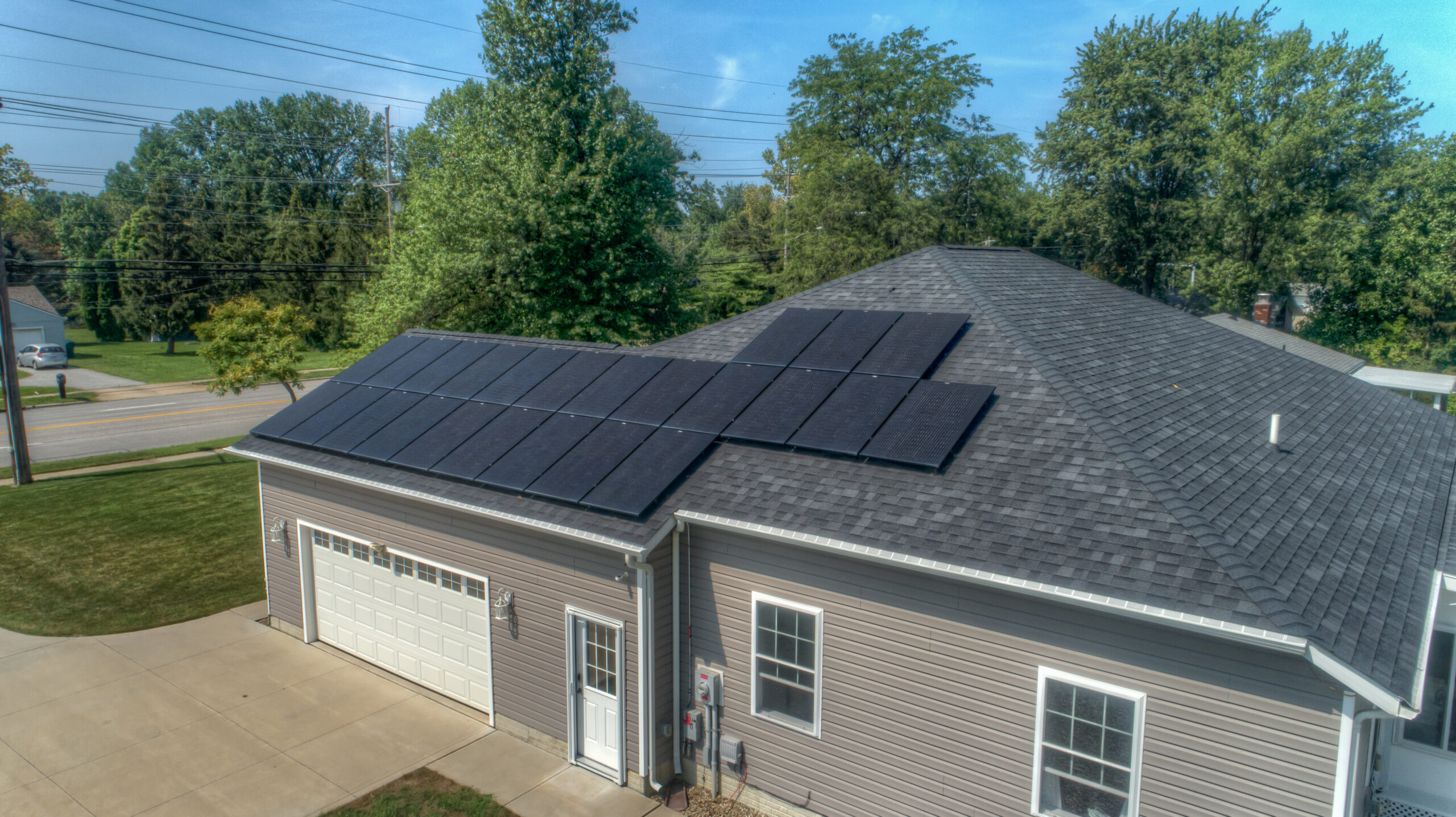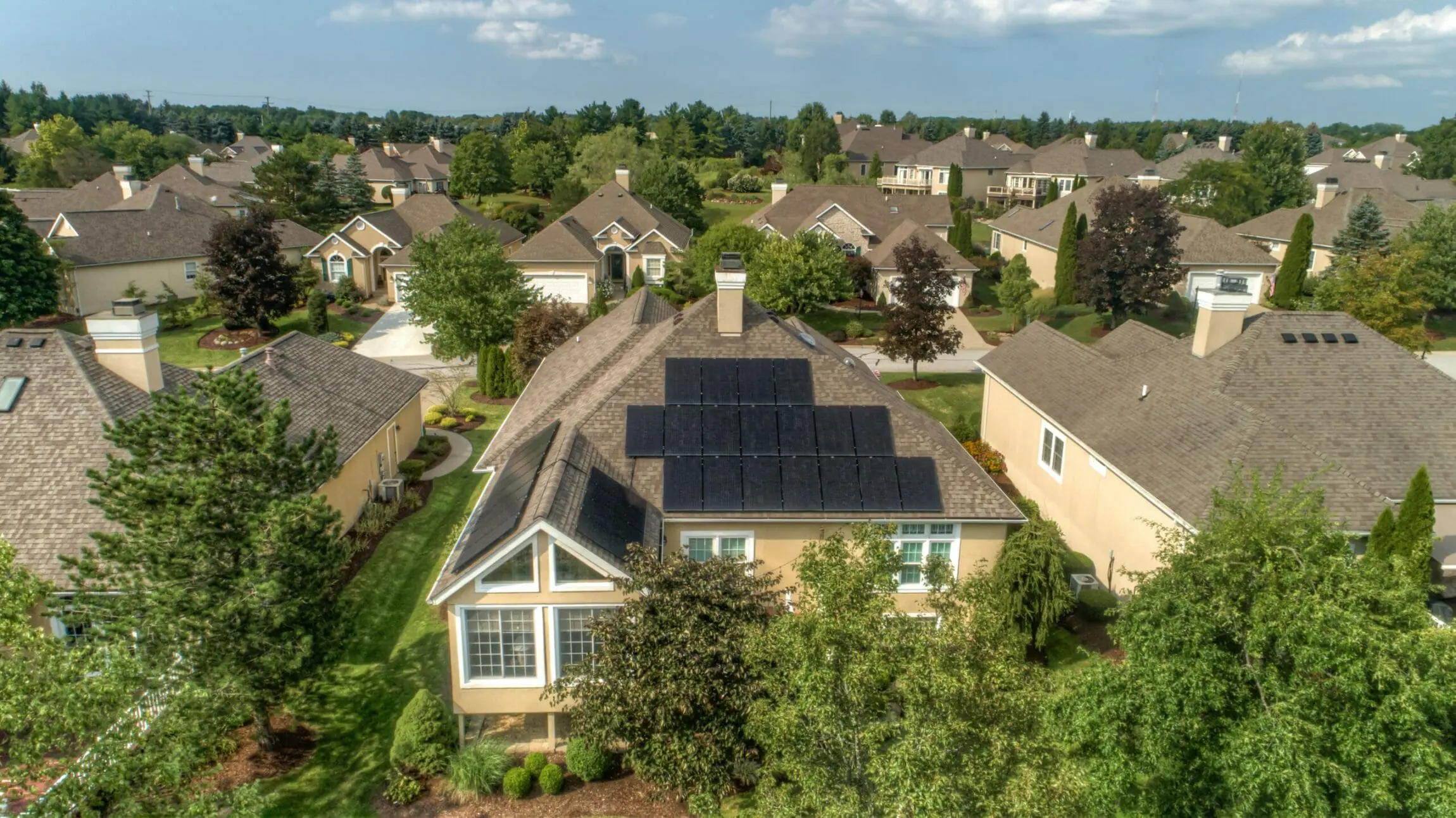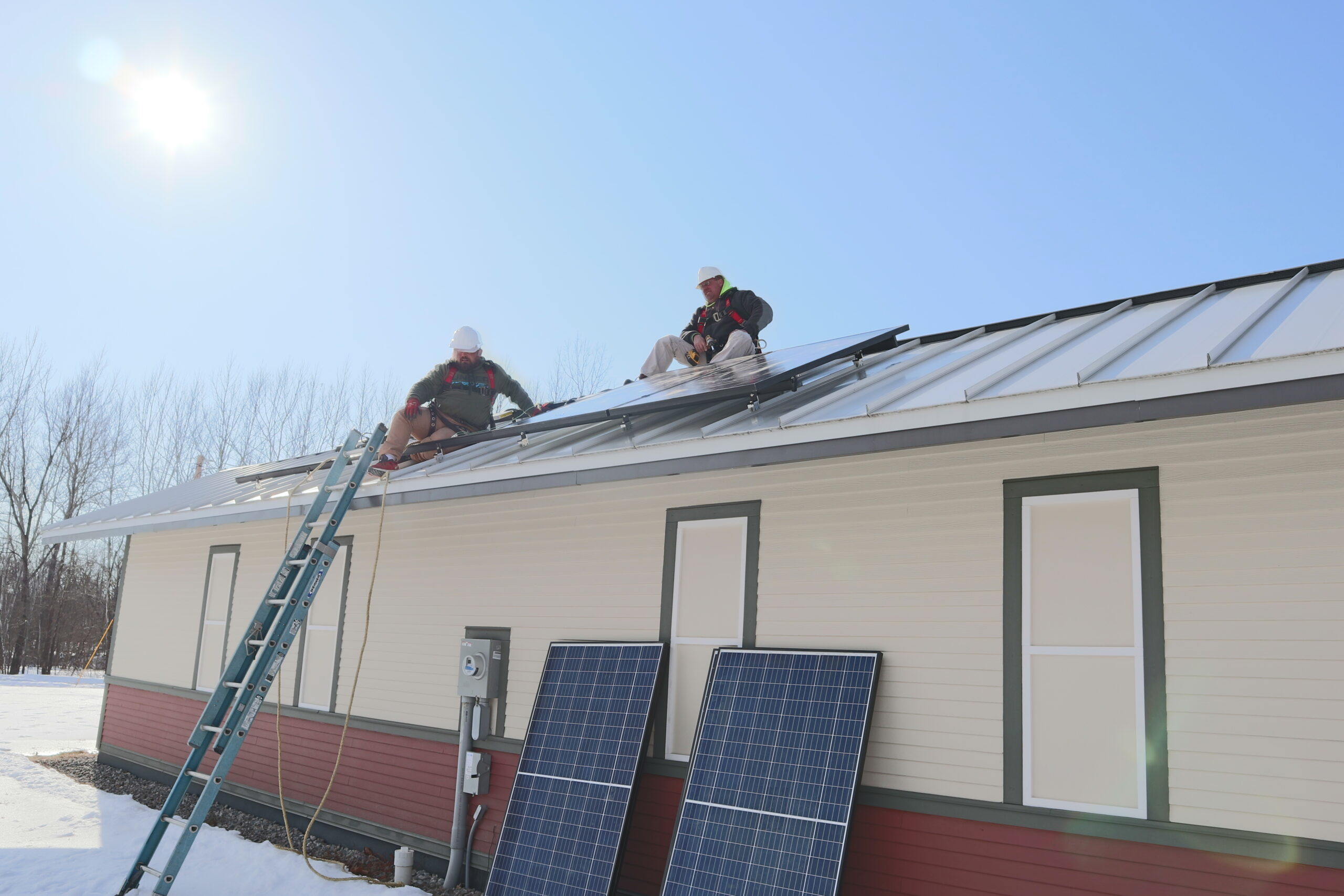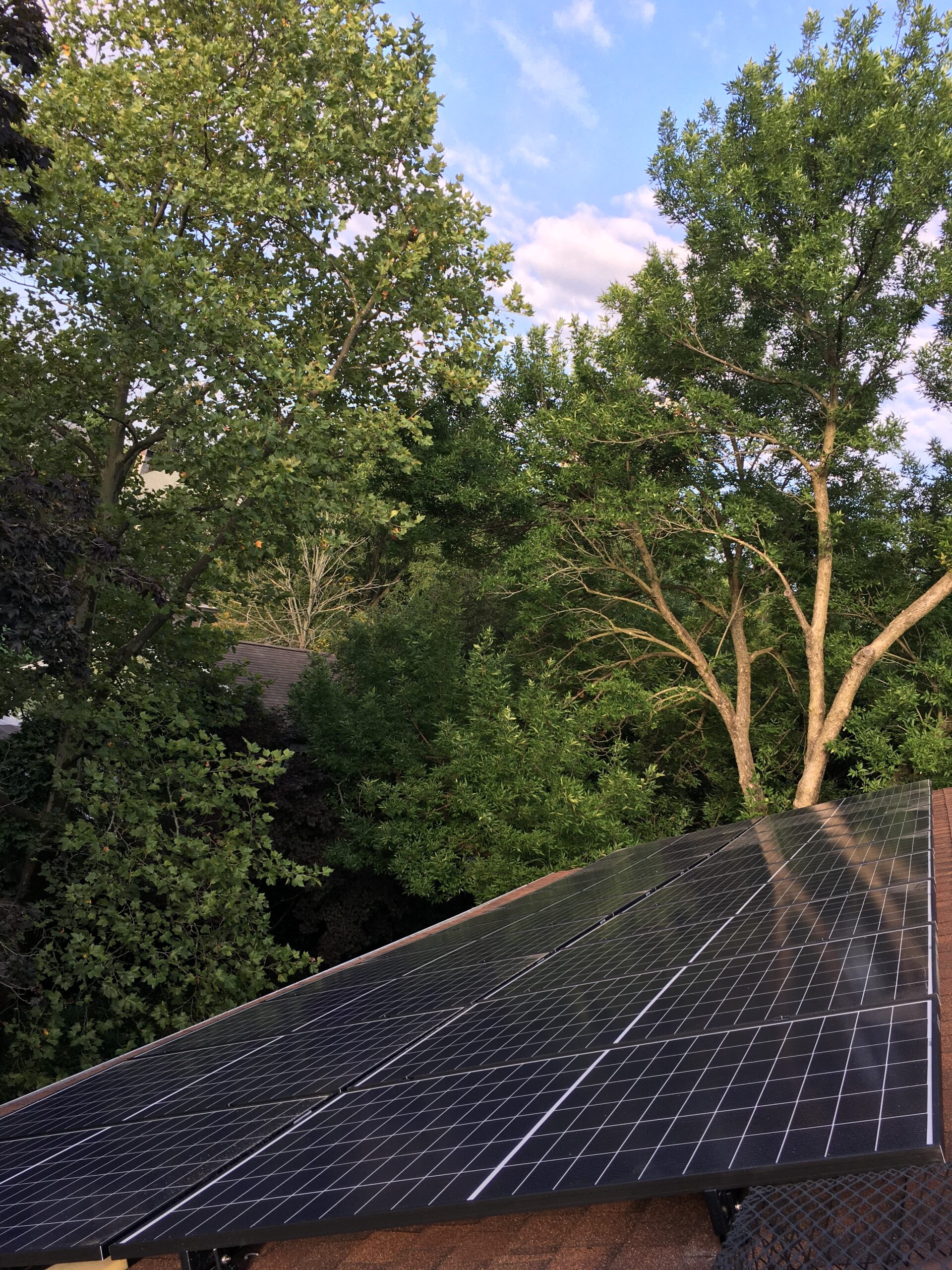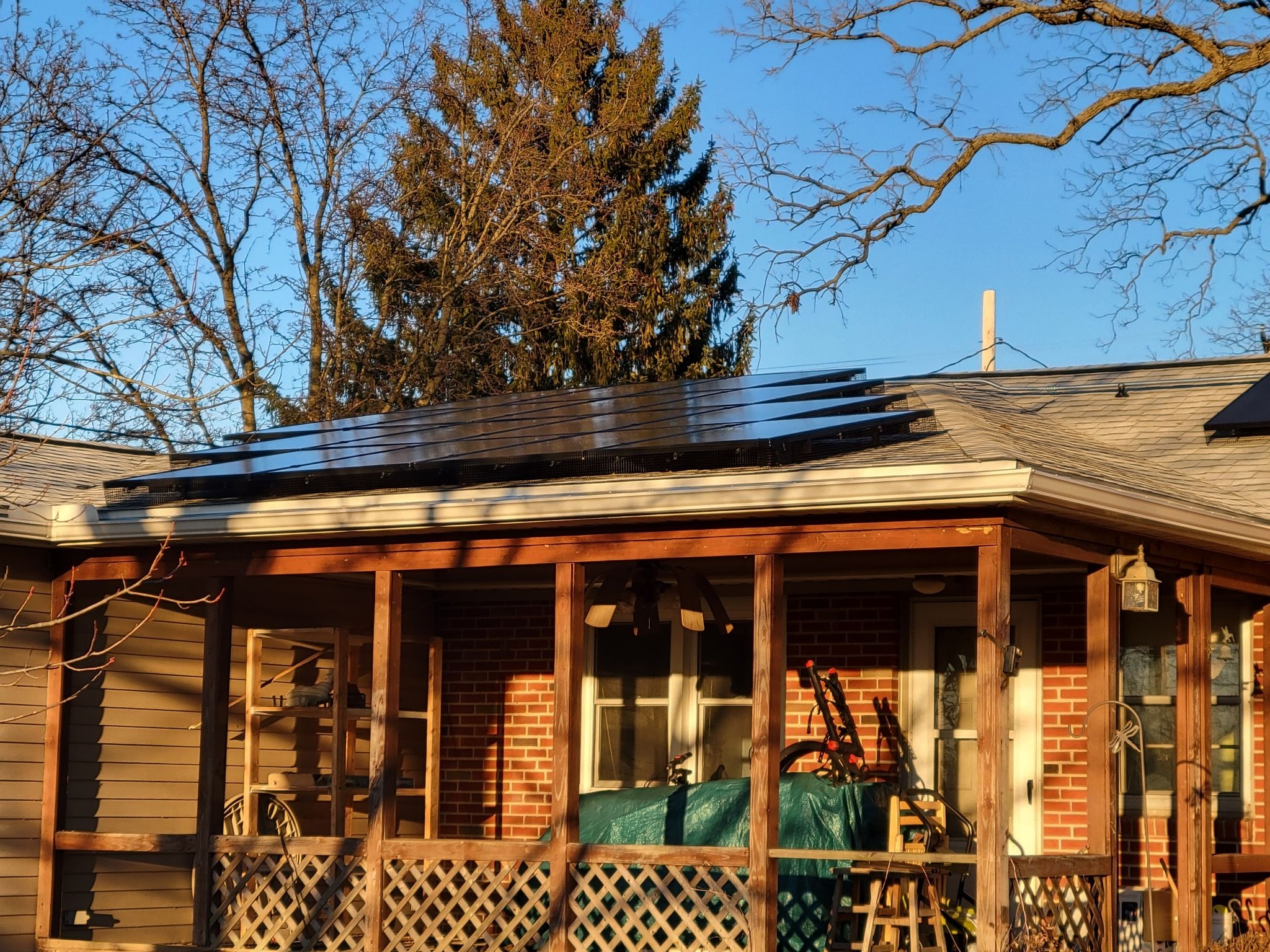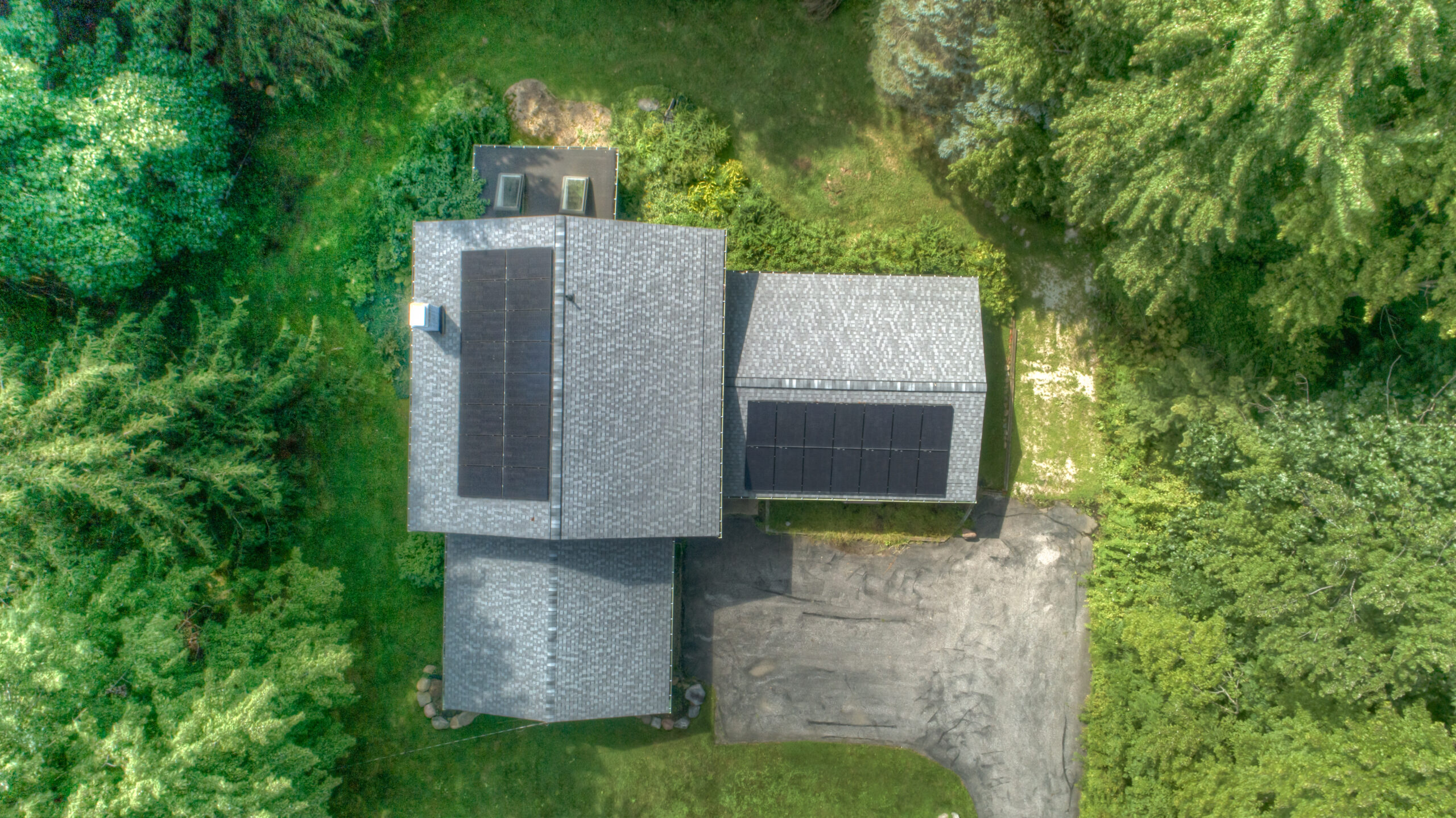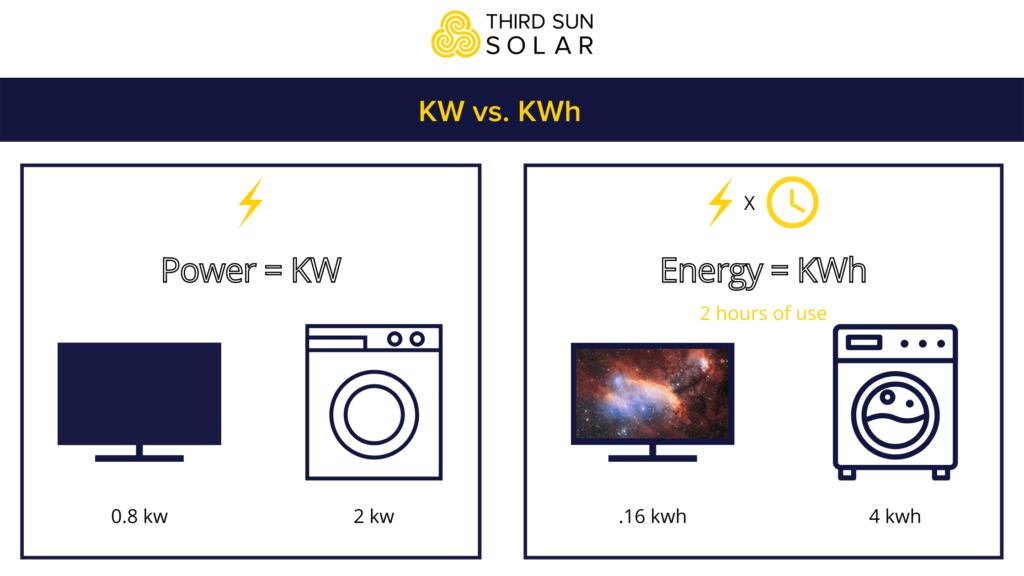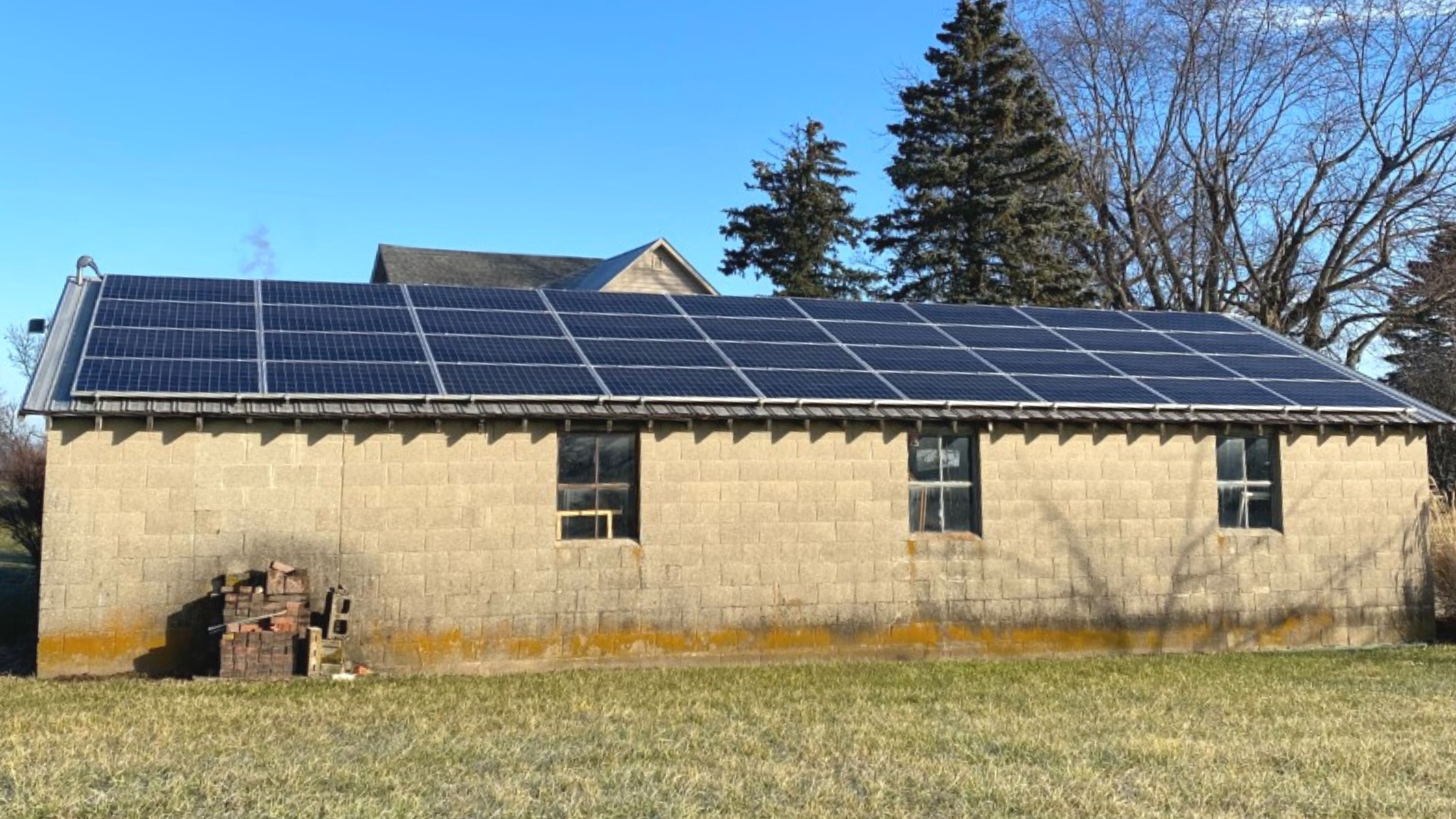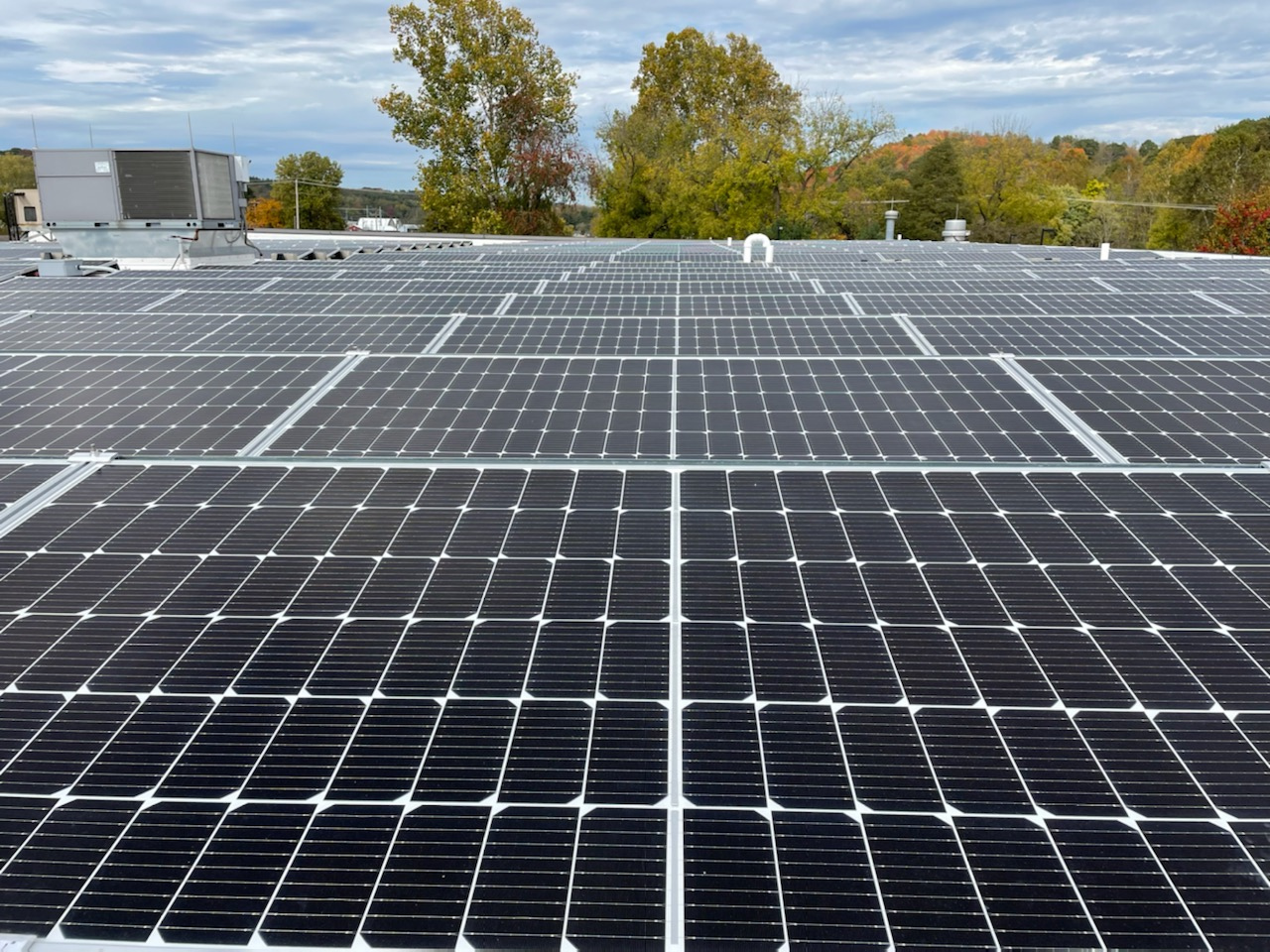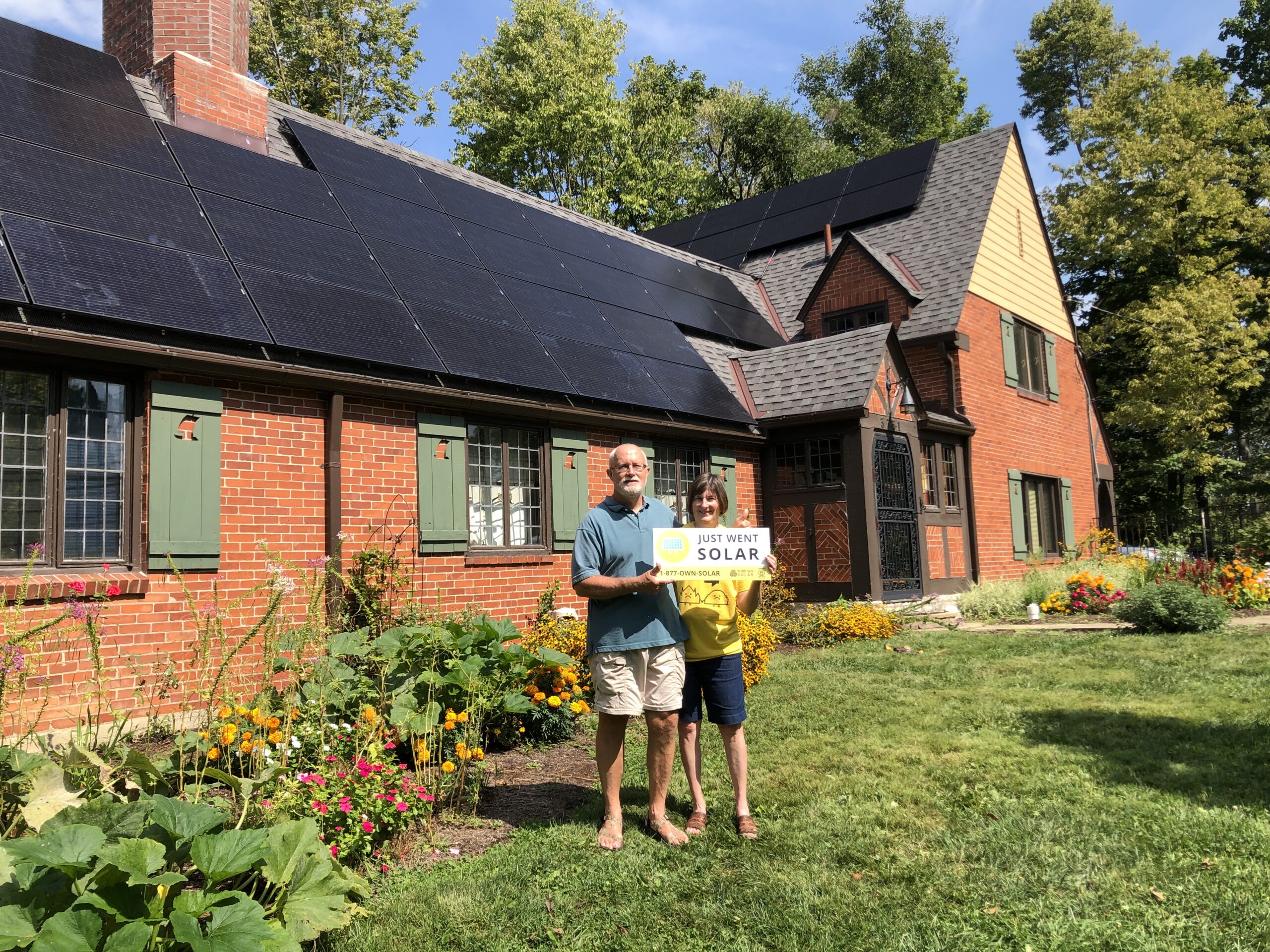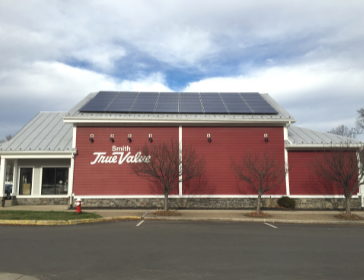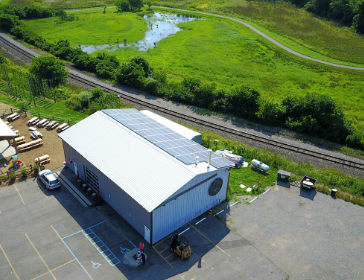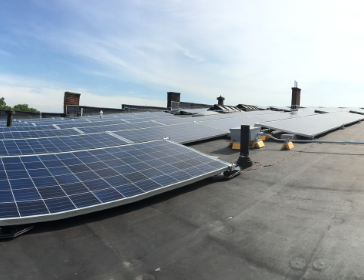Set your Solar Energy Goals for the New Year!
It’s that time of year when your feed is brimming with content about resolutions and goals. A lot of the goal-oriented content we see is about health, fitness, wellness, and financial planning.
Setting achievable goals is important to us. One of our core values is growth. And a big part of achieving growth is setting goals. A goal based on learning something new is a noble goal: reading, discovering, talking to someone in the pursuit of knowledge. After all, that is where change begins.
Our intention with this post is not to add to all that “New Year” noise but instead to help you to learn something new.
If solar is on your list this year – whether you plan just to learn more or your goal is to actually take the leap – we hope this article can help you.
1. Educate Yourself About Solar Energy
There sure is a lot to learn. We speak with so many people every day who are just starting on their solar journey.
Your Guide to Going Solar is a free eBook download and is where we recommend you start.
Some of the biggest questions we here are:
- How does it work?
- Is solar the future?
- Does solar energy even work in Ohio?
- What about in the Snow?
- Do I need batteries if I go solar?
If you prefer learning through video, head on over to our YouTube page. If you’re interested in digging deep on a particular topic, check out our solar 101 webinar series. This list of webinar recordings is comprehensive and covers many frequently asked questions.
2. Keep Track of Your Energy Prices
It’s always good to reflect – especially on the money we spend. Look back at your energy prices over the last few years. Do you notice any changes in the rates that you are paying for your electricity?
Solar energy allows you to own your power instead of paying varying and increasing monthly payments to the utility company.
We predict that energy prices will continue to rise between infrastructure maintenance and grid modernization over the next decade or two. And we’re not alone.
Escalating energy costs is crucial to consider when evaluating a solar energy system for your home.
3. Understand Net Metering
Net metering is what makes residential solar energy systems so prevalent in Ohio. It is a simple concept, but it is new to most people when they start to research solar energy.
Net-metering allows you to store the energy you produce in the electric grid in the form of credits. Excess electricity travels back into the power grid when your panels produce more energy than you need. You get credit for that energy. When you pull energy from the grid, you can use those credits to pay for grid energy when your panels aren’t making power.
If you’re interested in understanding net metering better, this webinar recording will be right up your alley.
4. Find Out About the Financial Benefits of Solar Energy in Ohio
Will solar save you money? Will you… make money? If you are on Facebook, you have undoubtedly seen those claims.
If you have always wondered what the payback is, now is a great time to find out. The best way to understand is to get a custom quote for your home. We evaluate three main factors to bring you a custom quote:
- Available space (roof or ground)
- Annual electricity use at your home
- Your budget for solar
We’re thrilled that solar energy is now more accessible to more and more people in Ohio.
As the market has grown over the past 20 years, so too have financing options. Now, Third Sun Solar offers customers new and improved financing options and an opportunity to have 12 months without payments on their solar energy system.
The Solar Investment Tax Credit (ITC) is a piece of the financial picture to consider. In 2021 and 2022 the ITC allows you to take 26% of the system’s cost off of taxes you owe. The ITC will drop to 22% in 2023. Read more about the current state of the ITC here.
Often, folks bundle the purchase of a new Electric Vehicle with a home solar energy system. If you’re thinking of doing the same, get up to speed on Ohio’s Electric Vehicle incentives here.
5. Get A No Obligation Solar Estimate
If you’ve always wondered if your home is a suitable candidate for a solar energy system – find out!
Start planning now if you think 2022 might be the year you go solar.
Most installers get pretty busy in the spring and summer months when the sun is high in the sky, and people are thinking about all the solar energy their roof could be capturing. Little do most know that wintertime is the best time to plan for that spring installation.
It takes time to design and permit a quality solar system like most other construction work. Think about it: you could get your solar system installed just in time to take advantage of those bright spring sun-rays.
Maximize your savings in 2022 by planning early and getting an install in time for Ohio’s peak sun days in spring, summer, and fall.
There is a lot more to find out…
We know that when you’re first looking, you have many questions, and we hope we’ve helped answer those.
Also, we know that sometimes it is easier to get questions answered by a real person. We pride ourselves in our no-pressure, consultative and educational sales approach. Feel free to reach out when you’re ready – we are just a phone call away.
Happy new year to you and yours from the Third Sun Solar team!


